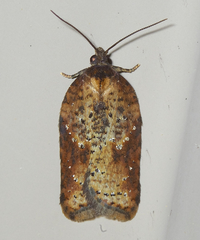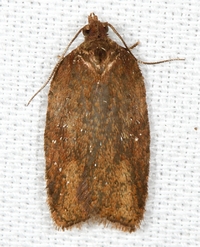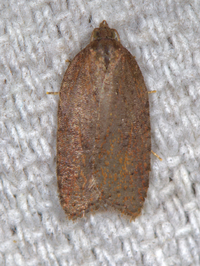
| Recorded by: Jim Petranka on 2025-12-24
Madison Co.
Comment: | 
| Recorded by: Jim Petranka on 2025-11-20
Madison Co.
Comment: |

| Recorded by: Jim Petranka on 2025-11-19
Madison Co.
Comment: Specimen was dissected (female). | 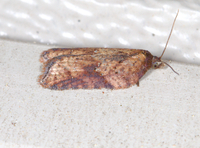
| Recorded by: Jim Petranka on 2025-11-08
Madison Co.
Comment: |
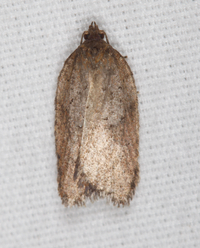
| Recorded by: Jim Petranka on 2025-11-05
Madison Co.
Comment: | 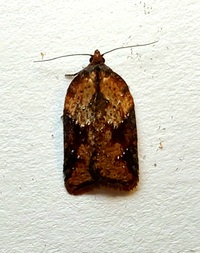
| Recorded by: Mark Basinger on 2025-10-22
Wilson Co.
Comment: |
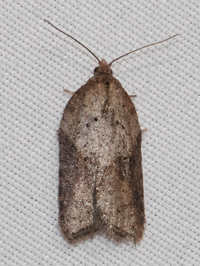
| Recorded by: Emily Stanley on 2025-02-05
Buncombe Co.
Comment: | 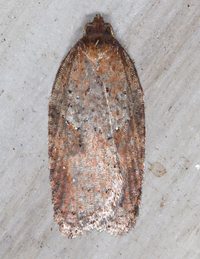
| Recorded by: Jim Petranka on 2024-12-17
Madison Co.
Comment: |
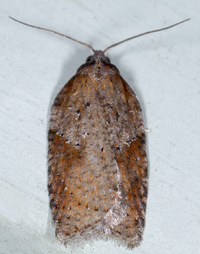
| Recorded by: John Petranka on 2024-11-12
Orange Co.
Comment: | 
| Recorded by: Mark Basinger on 2024-08-05
Mitchell Co.
Comment: |
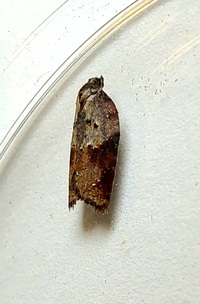
| Recorded by: Mark Basinger on 2024-08-05
Mitchell Co.
Comment: | 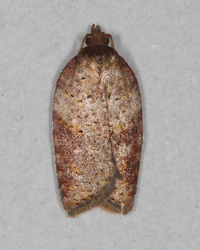
| Recorded by: Jim Petranka on 2024-07-17
Madison Co.
Comment: A reared adult from Viburnum dentatum (see companion image of the leaf fold and larva from 2024-07-08). |

| Recorded by: Jim Petranka on 2024-07-10
Madison Co.
Comment: | 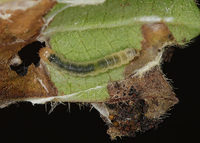
| Recorded by: Jim Petranka on 2024-07-08
Madison Co.
Comment: A larva that was in a leaf fold on Viburnum dentatum (see companion photo from 2024-07-17 of an adult that was reared). |
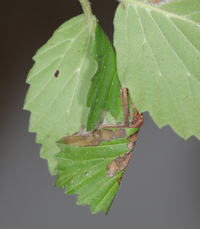
| Recorded by: Jim Petranka on 2024-07-08
Madison Co.
Comment: A leaf fold on Viburnum dentatum. | 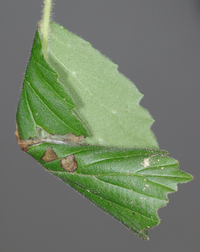
| Recorded by: Jim Petranka on 2024-07-08
Madison Co.
Comment: A leaf fold on Viburnum dentatum. |

| Recorded by: Emily Stanley on 2024-05-11
Buncombe Co.
Comment: | 
| Recorded by: Jim Petranka on 2024-04-01
Madison Co.
Comment: |
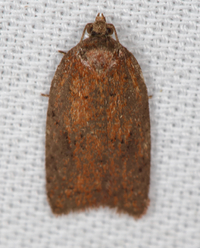
| Recorded by: Jim Petranka on 2024-03-03
Madison Co.
Comment: | 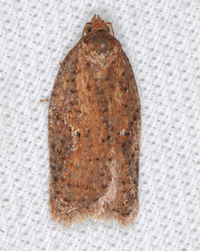
| Recorded by: Jim Petranka on 2024-02-15
Madison Co.
Comment: |
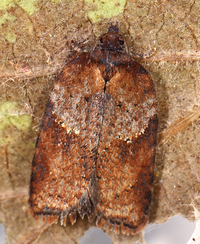
| Recorded by: John Petranka on 2023-09-23
Orange Co.
Comment: | 
| Recorded by: John Petranka on 2023-09-03
Orange Co.
Comment: A larva in a leaf roll on Viburnum acerifolium. |
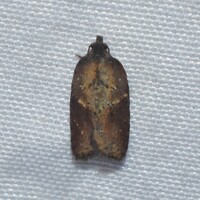
| Recorded by: David George, Stephen Dunn, Jeff Niznik on 2023-07-13
Orange Co.
Comment: | 
| Recorded by: Jim Petranka on 2023-06-05
Madison Co.
Comment: |
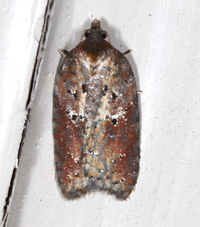
| Recorded by: Jim Petranka on 2023-05-22
Madison Co.
Comment: | 
| Recorded by: David George, Jeff Niznik on 2023-05-17
Chatham Co.
Comment: |

| Recorded by: Simpson Eason on 2023-05-05
Durham Co.
Comment: | 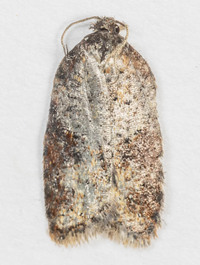
| Recorded by: Steve Hall, David George, Jeff Niznik on 2023-04-29
Orange Co.
Comment: |
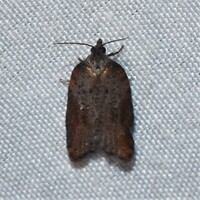
| Recorded by: David George, Jeff Niznik on 2023-04-20
Durham Co.
Comment: | 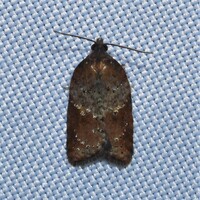
| Recorded by: David George, Stephen Dunn, Jeff Niznik on 2023-04-19
Orange Co.
Comment: |
|

 »
»
